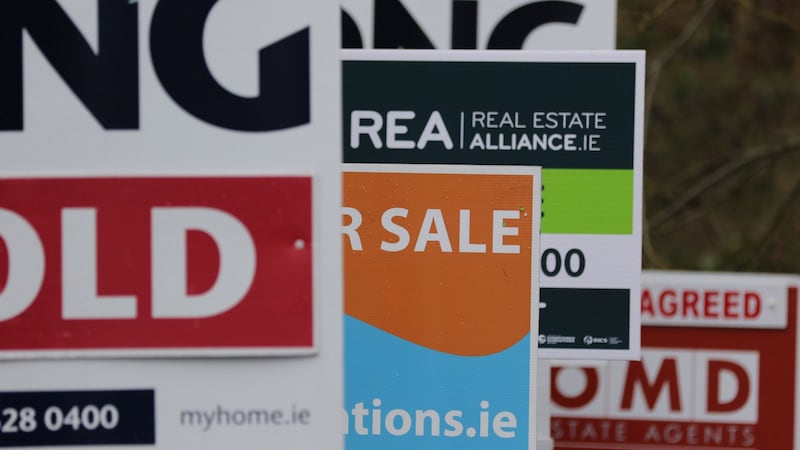The latest house price figures show that property demand remains strong . But where is the cash coming from that is driving the market? A few key factors are in play: higher mortgage lending across the board; the huge build-up of savings in people’s bank accounts; and support from parents for many first-time buyers, allowing them to stay in a rising market. It also seems the top end of the market is being boosted by strong employment and wage growth in some of the highly paid high-tech and financial sectors.
Against a backdrop of constrained supply, these various sources of demand have sent prices higher.
The most obvious source of money is a bounce-back in mortgage lending after the fall-off for much of 2020 due to the pandemic. Figures from the Banking and Payments Federation of Ireland show that mortgage approvals did not suffer the normal seasonal fall-off in August, reaching €1.2 billion, a record for the month and 22 per cent higher than the same month last year. Over the past year a record €13.4 billion in mortgages was approved.
Drawdowns
Mortgage drawdowns, however, have so far grown at a slower pace, indicating that some buyers are finding it hard to find a property they can afford with the loan available to them. Still, drawdowns in the first half of the year were running ahead of pre-pandemic 2019 levels.

The strongest growth in approvals is for first-time-buyer mortgages, but this is also the area where the supply is weakest. Figures compiled by Sherry FitzGerald, Ireland's biggest estate agents, estimate that in the early months of this year at least there was a 29 per cent rise in sales of houses valued at more than €800,000 – well ahead of the overall 7 per cent increase for the market as a whole.
There is some evidence of people relocating within Ireland to cheaper areas, creating demand in a previously quiet corner of the market
Conall Mac Coille, chief economist at Davy Stockbrokers and author of the MyHome.ie report, says the evidence is of the top end of the market doing particularly well, with the lack of new development constraining the lower end.
He points out that mortgage approvals are growing at a faster rate than overall wages – likely reflecting in part strong earnings growth in some better-paid sectors, allowing banks to extend higher loans to this group of borrowers while still staying within Central Bank guidelines.
Changing patterns are also evident. There is some evidence of people relocating within Ireland to cheaper areas, creating demand in a previously quiet corner of the market. Sherry FitzGerald estimates that this accounts for one in five house sales in the first half of the year.
Karl Deeter of Irish Mortgage Brokers says some people who can be mobile in their work patterns post-Covid are looking to buy cheaper properties outside cities.
Former emigrants
This is not yet a “mega-trend”, he says, but may account for price rises in some of the rural areas noted in the latest surveys from MyHome.ie and Daft.ie. Central Statistics Office figures also show a significant number of former emigrants returning to Ireland over the past year, many presumably with cash in their pocket.
The other key factor is the amount of money in Irish bank accounts – now totalling €22 billion – some of which is finding its way into the housing market. A lot of aspirant buyers had been saving before the pandemic and the restrictions led to these pots building up, according to Deeter.
There is no way of knowing precisely how much of this is going into property, but it has significantly boosted the financial firepower of many houses, and as a result there has been an increase in the “bank of mam and dad” helping out buyers by providing cash sums to bridge the gap between the available mortgage and rising house prices, while other families have the option to “trade up”.
Deeter also points out that many people working for companies which were availing of Government wage subsidies during the pandemic were effectively shut out of the market as banks would not lend them money, but this was now easing as businesses reopened.
Trends in supply will be vital heading into 2021, as well as the overall health of employment and earning. One silver lining is that new ESRI research finds Irish households and the wider economy are not as exposed as they were in 2008 if the property market turns down.











